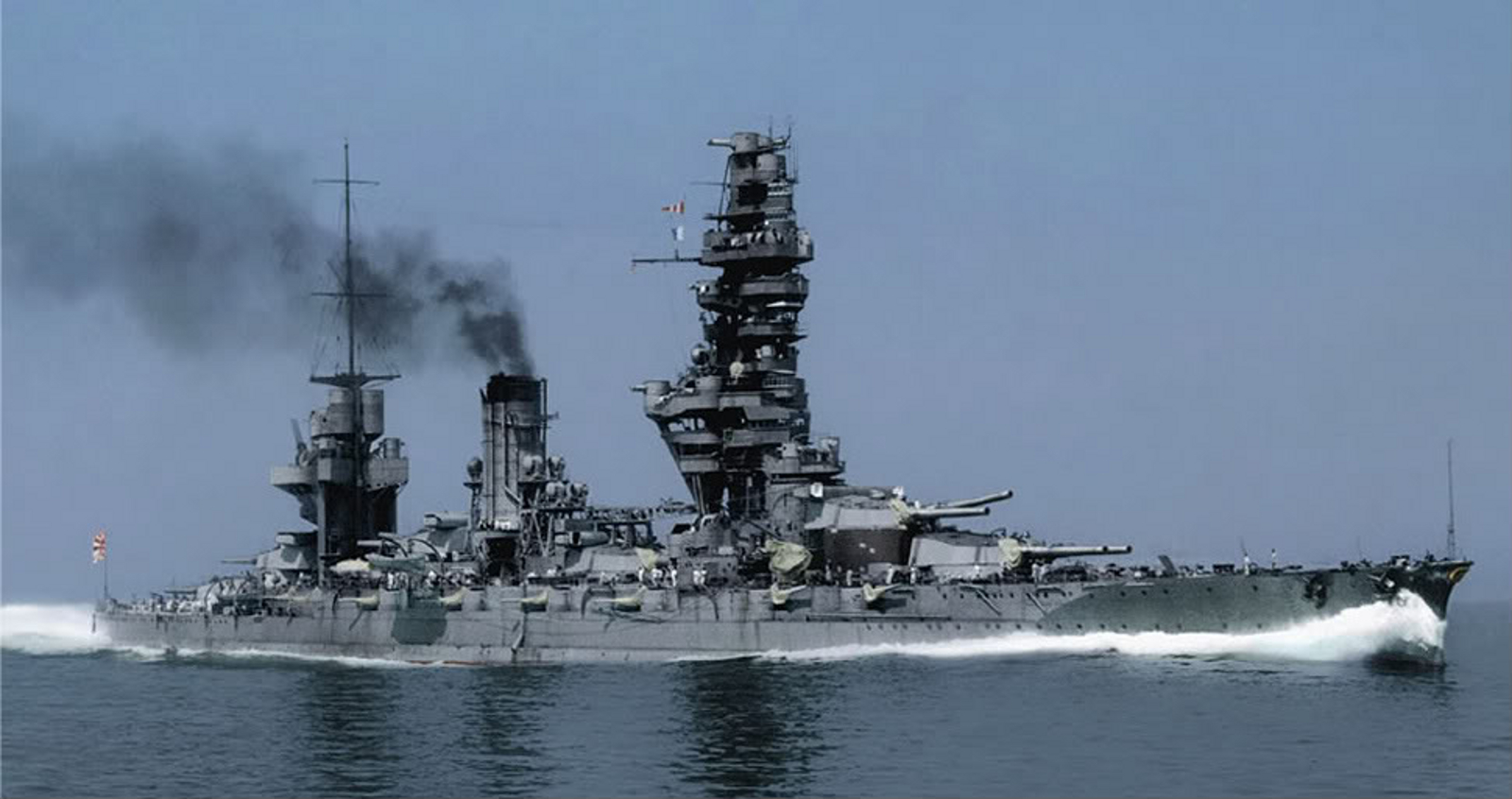

1 Dock, Kobe Shipyard) was listed as a Registered Tangible Cultural Asset of Japan in 1998.Īfter the naval battle that decided Japan's victory in the Russo-Japanese War, the Japanese government made plans to strengthen its naval force by domestically manufacturing its large fleet vessels, all of which were previously manufactured abroad. Maximum size of ships that can be docked: 6,000 GT Six years later in 1902, the dry dock was completed at last, costing three times as much and taking three times longer than the construction of a dock under normal conditions. After a couple of failures, a new technique was adopted to harden the underwater foundation by pouring concrete. After the incorporation of Kawasaki Dockyard, Kojiro Matsukata pursued the plan.Ĭonstruction work faced rough going due to the extremely weak foundations of the site on the Minatogawa River delta. In 1892, a land survey began, and in 1895, boring tests were carried out. He planned to construct a dry dock by reclaiming land next to the shipyard. Shozo Kawasaki had fully realized that the Company's shipyard needed a drastic increase in capacity since Kawasaki Dockyard was established in Kobe City, Hyogo Prefecture. In addition, the Tokyo National Museum houses his extensive collection of Ukiyoe prints.

The National Museum of Western Art in Tokyo was established around the core of Matsukata's private collection. Matsukata was also known as an art collector.

By expanding business into rolling stock, aircraft and shipping, and implementing Japan's first eight-hour day system and other measures, he nurtured and grew Kawasaki into a leading heavy industrial company in Japan. In 1896, the younger Matsukata was appointed the first president of Kawasaki Dockyard Co., Ltd., and maintained this position for 32 years until 1928. Kojiro Matsukata, born in Satsuma (currently Kagoshima Prefecture) in 1865, became a secretary to Japan's prime minister during his father's administration between 18. Then close to 60 years old, without a son old enough to succeed him, Kawasaki chose Kojiro Matsukata, the third son of his business benefactor, Masayoshi Matsukata, as his successor. Realizing the limitation of private management, Kawasaki decided to take the Company public right after the end of the war. Kawasaki was also very busy in receiving and finishing a rush of orders for ship repairs. In 1894, seven years after the establishment of Kawasaki Dockyard, the Sino-Japanese War started and the shipbuilding industry in Japan enjoyed sudden prosperity. In April 1878, supported by Masayoshi Matsukata, the Vice Minister of Finance, who was from the same province as Kawasaki, he established Kawasaki Tsukiji Shipyard on borrowed land from the government alongside the Sumidagawa River, Tsukiji Minami-Iizaka-cho (currently Tsukiji 7-chome, Chuo-ku), Tokyo, a major step forward as a shipbuilder. At the same time, he became very interested in the modern shipbuilding industry. Having experienced many sea accidents in his life, Kawasaki deepened his trust in Western ships because they were more spacious, stable and faster than typical Japanese ships. In 1894, he was appointed executive vice president of Japan Mail Steam-Powered Shipping Company, and succeeded in opening a sea route to Ryukyu and transporting sugar to mainland Japan. In 1869, he joined a company handling sugar from Ryukyu (currently Okinawa Prefecture), established by a Kagoshima samurai, and in 1893, researched Ryukyu sugar and sea routes to Ryukyu at the request of the Ministry of Finance. He started a shipping business in Osaka at 27, which failed when his cargo ship sank during a storm. Eighteen years later, in 1896, it was incorporated as Kawasaki Dockyard Co., Ltd.īorn in Kagoshima to a kimono merchant, Shozo Kawasaki became a tradesman at the age of 17 in Nagasaki, the only place in Japan then open to the West. Kawasaki's origins go back to 1878, when Shozo Kawasaki established Kawasaki Tsukiji Shipyard in Tokyo.


 0 kommentar(er)
0 kommentar(er)
